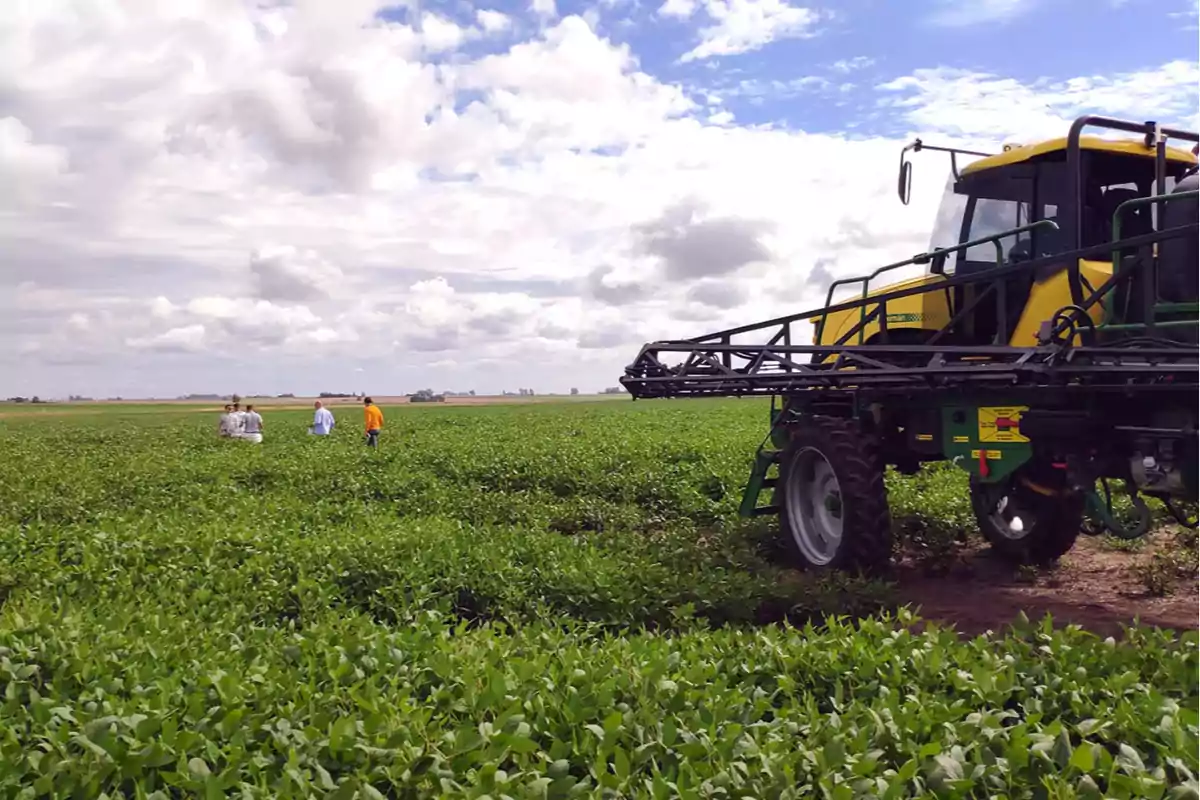
Foreign trade grew by 19.4% in 2024, driven by agriculture and energy.
86% of export complexes achieved a positive balance. Which sectors were the protagonists?
Argentina's foreign trade showed signs of recovery in 2024, with exports totaling USD 79.721 billion, representing an increase of 19.4% compared to 2023 (USD 66.789 billion), according to data from the National Institute of Statistics and Censuses (Indec).
In general terms, 26 of the 30 main export complexes closed the year with a positive balance, while only four recorded declines. The improvement was due to a combination of factors, such as the recovery of agricultural production after the previous year's drought, the increase in international prices of certain products, and greater competitiveness in strategic sectors.
Soy leads export growth
The soybean complex, responsible for one in four dollars exported by the country, was the main protagonist of 2024. The sector's exports reached USD 19.624 billion, with an annual growth of 40.7%.
The main destinations for Argentine soy were:
- India: USD 2.933 billion
- China: USD 2.211 billion
- Vietnam: USD 1.615 billion
- Saudi Arabia: USD 616 million
The sector's trade balance was in surplus at USD 16.370 billion, with an annual increase of 97.8%, driven by increased sales and a reduction in imports by 42.6%.

It should be remembered that in 2023 the drought had a strong impact on production, so the recovery in 2024 was remarkable.
Energy was also key in the recovery
The oil-petrochemical sector, which represents 13% of Argentine exports, reached sales of USD 10.402 billion, with an annual increase of 23.3%.
The main buyers were:
- Chile: USD 2.912 billion
- U.S.: USD 2.393 billion
- Brazil: USD 1.484 billion
- Paraguay: USD 529 million
The sector reversed the USD 337 million deficit recorded in 2023 and achieved a surplus of USD 5.309 billion, thanks to the growth of exports and a sharp drop in imports by 36.7%.

The automotive industry maintained its prominence
The third most important export sector was the automotive industry, which accounted for 10% of total exports. In 2024, the sector recorded a slight improvement of 1.2% year-on-year.
The main destination for vehicles manufactured in Argentina was Brazil, with purchases of USD 6.422 billion. Other relevant markets were:
- Chile: USD 393 million
- Peru: USD 350 million
- Colombia: USD 344 million
Despite the growth in exports, the automotive sector still has a trade deficit, which in 2024 was USD 2.079 billion, although with a slight improvement compared to USD 2.100 billion in 2023.
Other sectors with strong growth

Other complexes that showed good results were:
- Corn: +13.1% (USD 7.202 billion)
- Gold and silver: +29.1% (USD 3.312 billion)
- Beef and leather: +6.9% (USD 3.297 billion)
- Wheat: +91.3% (USD 3.120 billion)
- Fishing: +12.9% (USD 2.186 billion)
- Sunflower: +2.4% (USD 1.537 billion)
- Dairy: +8.3% (USD 1.025 billion)
Four sectors with declines in 2024
Not all sectors managed to grow. Four export complexes recorded declines in 2024, although their impact on the total was reduced:
- Barley: Exports of USD 1.211 billion, with a decrease of 8.7%.
- Lithium: Despite growing production, exports totaled USD 654 million, with a decline of 22.7%.
- Beans: Exports of USD 203 million, with an annual decrease of 37.5%.
- Other metalliferous minerals: Exports of USD 23 million, with a decline of 26.2%.
Outlook for Argentine foreign trade
Argentine foreign trade shows signs of recovery after a challenging 2023, especially for the agro-export sector. Soy and oil led the growth, while the automotive industry maintained its weight in exports despite the trade deficit.
With 86% of export sectors on the rise, the outlook for 2025 will depend on factors such as the evolution of international prices, weather conditions for agriculture, and the country's macroeconomic stability.
More posts: